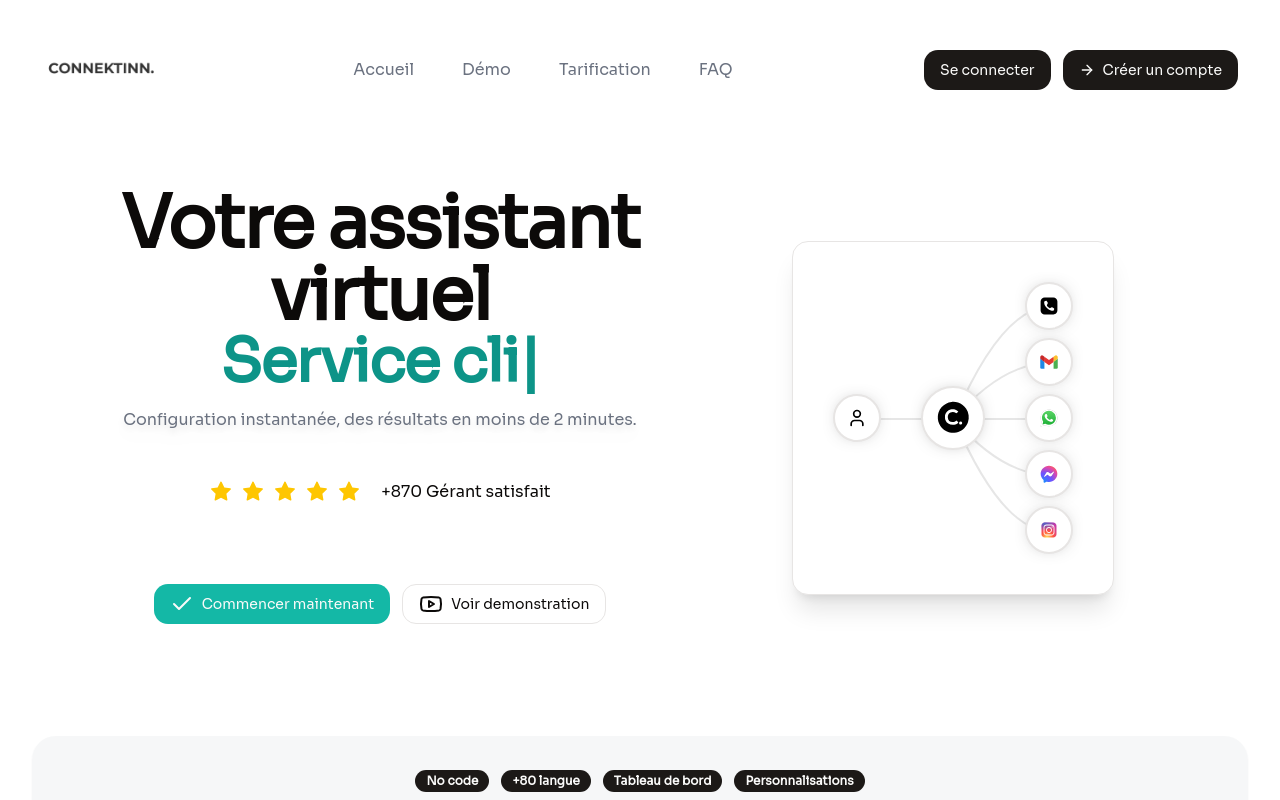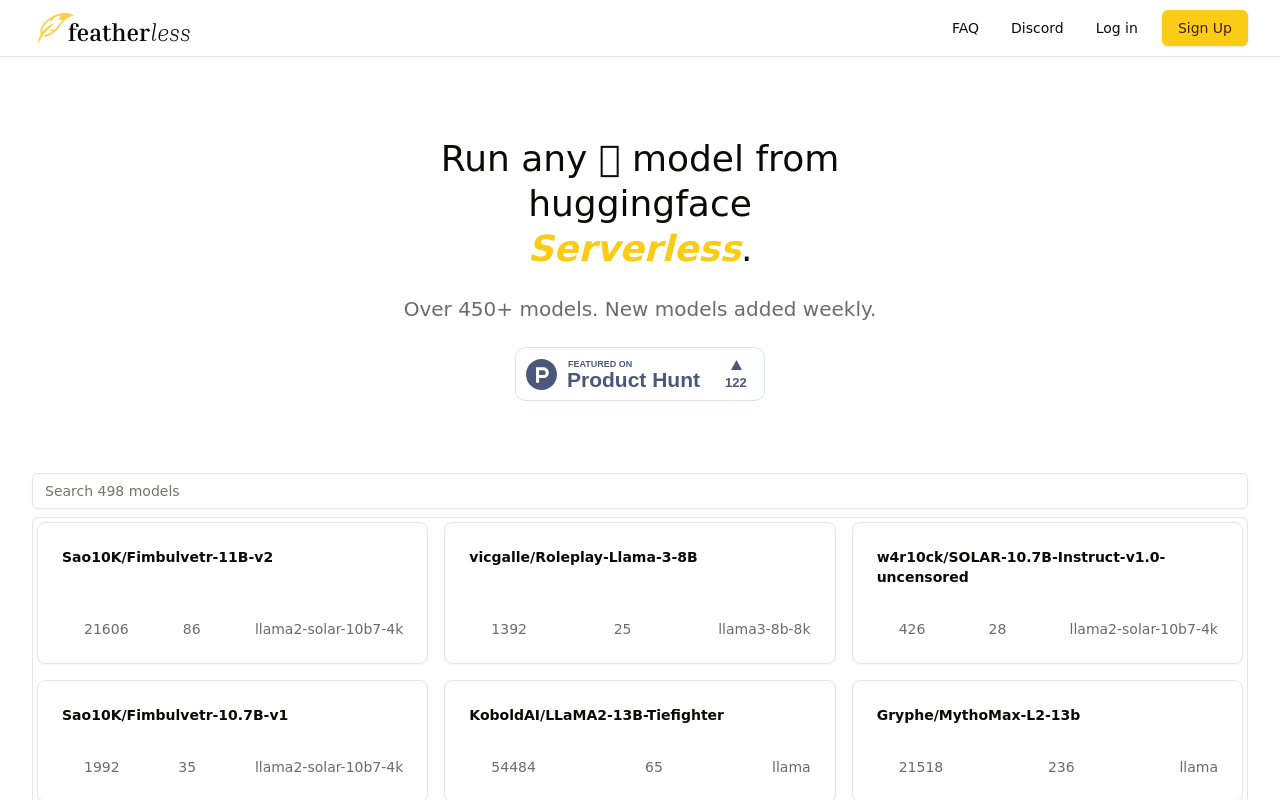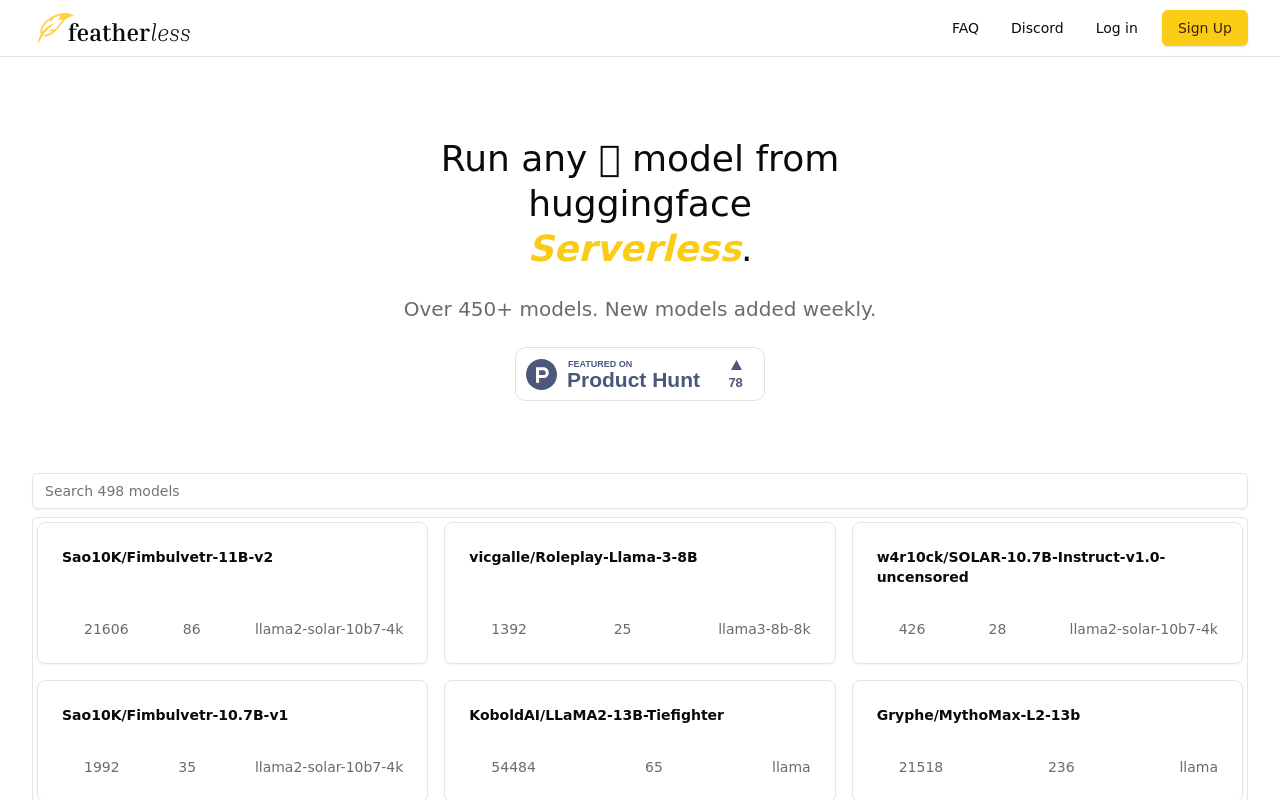Tability
Goal setting and tracking tool utilizing AI to streamline OKRs and objectives.
Best for:
- Project Managers
- Team Leaders
- Executives
Use cases:
- Setting and tracking OKRs
- Automating progress check-ins
- Generating detailed, actionable goals
Users like:
- Product Management
- Sales
- HR
What is Tability?
Quick Introduction
Tability is a state-of-the-art goal setting and tracking tool designed for outcome-driven teams and organizations. It leverages artificial intelligence, particularly OpenAI’s GPT-3, to assist users in creating and managing goals, primarily through the OKR (Objectives and Key Results) methodology. Whether you’re a project manager looking to keep a team aligned or an executive seeking to boost organizational performance, Tability provides an intuitive interface and powerful AI-backed features that allow for seamless goal setting, tracking, and progress reporting.
A primary draw for Tability is its AI-assisted goal editing. This is a game-changer for those who struggle with articulating clear, measurable objectives. The tool takes a simple objective and instantly refines it into a detailed, actionable strategy complete with relevant metrics and tasks. It’s essentially like having a personal assistant for goal management, ensuring you never lose sight of what’s important. Additionally, Tability doubles as an excellent reporting tool, giving you on-demand updates and comprehensive views of company-wide goals without the need for cumbersome configuration.
Pros and Cons
Pros
- AI-Assisted Goal Setting: The integration with OpenAI GPT-3 helps set smarter, refined goals effortlessly.
- Real-Time Progress Tracking: Automated updates and check-ins keep you informed about your progress in real-time.
- User-Friendly Interface: Ergonomic and intuitive design makes goal management easy and enjoyable.
Cons
- Learning Curve: Some users may find the initial setup and integration to require a bit of a learning curve.
- Subscription Costs: Can be expensive for smaller teams or startups.
- Integration Limits: While Zapier expands compatibility, native integrations are somewhat limited.
TL:DR.
- AI-assisted goal setting and management
- Real-time progress tracking with automated check-ins
- Comprehensive reporting with company-wide visibility
Features and Functionality
-
AI-Assisted Goal Setting: Leveraging OpenAI’s GPT-3, Tability helps users set precise, measurable goals by suggesting key metrics and tasks based on the initial objective.
-
Automated Check-ins: By connecting to your app data points, Tability can automatically create updates and check-ins whenever key actions are performed, ensuring no progress is missed.
-
Universal Reporting: Real-time reporting keeps you up-to-date with the latest progress on goals and OKRs, featuring dynamic dashboards that visually represent performance metrics.
-
Task and Milestone Tracking: Allows users to break down objectives into smaller, actionable tasks and milestones, tracking their completion and alignment with the overall goal.
-
Daily Standups: Quick and easy check-ins ensure everyone stays on track, maintaining consistent progress and focus throughout the workweek.
Integration and Compatibility
Tability offers seamless integration with OpenAI for goal suggestions and with Zapier for broader connectivity. Connecting Tability with Zapier opens the door to thousands of other applications, enabling you to automate check-ins and updates based on activities within those apps. Whether it’s updates from sales software, project management tools, or communication platforms like Slack, Tability effortlessly fits into your existing workflow. However, beyond these integrations, native compatibility is limited, making standalone usage more likely for smaller teams or niche applications.
Benefits and Advantages
- Improved Accuracy: AI-driven goal setting reduces ambiguity and refines objectives.
- Time-Saving: Automations for check-ins and updates make tracking almost effortless.
- Enhanced Productivity: Regular reporting and daily standups keep teams aligned and focused.
- Better Decision-Making: Real-time progress tracking enables more informed strategic decisions.
- User-Friendly: The intuitive design makes the tool accessible for non-technical users as well.
Pricing and Licensing
Tability follows a subscription-based pricing model with several plans to accommodate different team sizes and needs. The tool offers a free plan for individual users or small teams, ideal for getting a feel for the platform. Paid plans provide more features and functionalities, billed either monthly or annually, with options for premium support and advanced integrations.
Do you use Tability?
Consultation and custom plans are available for larger enterprises requiring tailored solutions.
Support and Resources
Tability offers robust support options to cater to its user base. Users have access to extensive documentation, including guides on OKR methodology and AI-assisted goal setting. The platform also features a resource center filled with tutorials, best practice articles, and examples to help teams get the most out of their Tability experience. For direct assistance, customer support is available, with premium support tiers offering faster response times and dedicated account management. Additionally, a community forum on Slack allows users to connect, share tips, and seek advice from fellow Tability users and experts.
Tability as an alternative to:
Tability stands out as an effective competitor to popular goal-setting and productivity tools like Asana and Trello. Unlike traditional project management tools that focus on task lists and timelines, Tability’s strength lies in its AI-driven refinement of goals and its emphasis on the OKR framework. This makes Tability the go-to software for organizations prioritizing outcome-driven strategies rather than simple task completion.
Alternatives to Tability:
-
Asana: Often used for task and project management, Asana is ideal for teams needing broad project timelines and task tracking. While Asana excels in general project management, it lacks the specific OKR focus Tability offers.
-
Trello: Trello’s kanban boards are great for visual task management and workflow visualization, making it suitable for teams needing flexibility in task management, but it does not offer the AI-driven goal refinement present in Tability.
-
ClickUp: ClickUp combines tasks, docs, goals, and communication in one app. It’s a robust option for teams needing a versatile tool but may overwhelm users who specifically need simple OKR and goal-focused features as Tability provides.
Conclusion:
Tability is an advanced AI-powered goal-setting and tracking tool designed to cater to the needs of outcome-driven teams and organizations. Its integration with OpenAI for goal refinement, real-time progress tracking, and comprehensive reporting capabilities make it stand out. While it may require some initial learning and come with subscription costs, its user-friendly interface and functionality provide unmatched accuracy and productivity improvements. Suitable for a range of users from small teams to large enterprises, Tability is a tool that aligns strategy, facilitates communication, and enhances decision-making.



